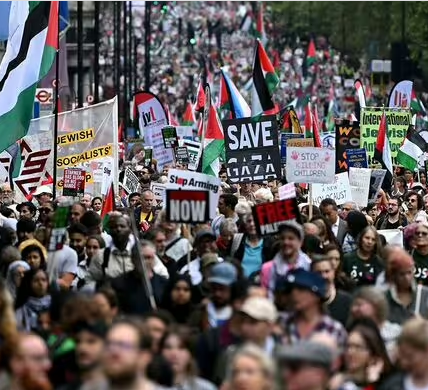One Nation or hard right? “Red wall” or “blue wall”? Cameroon or Faragist? As yet another Conservative leadership contest looms, the usual questions are already being asked. In making their choice, the very first thing the Tories should do is work out what went wrong. Some of which wasn’t their fault – such as Covid and the Ukraine war. And some of which was: consider the Boris Johnson chaos and Liz Truss’s mini-budget.
Why do voters elect the Conservatives in the first place? Because, rightly or wrongly, they associate the party with economic competence. So the first task of a new leader will be to apologise for the mistakes of the past, and begin rebuilding the party’s reputation for economic competence. That will take a while. Other than their standard of living, voters’ two other big concerns are the NHS and migration. That means value for money in the first – and supporting Wes Streeting’s private sector plans – and getting numbers down for the second.
Many Tories will ask where tax cuts come in, and the answer goes to the heart of their problems. The fundamental divide in the Conservative party isn’t between left and right. It’s between serious and unserious. And Truss’s mini-budget, with its tax cuts minus spending control, was the ultimate unserious policy initiative. It may have thrilled the entertainment industry amid the rightwing media. But their job is to titillate their readers – not govern the country.
So the Conservatives need any tax cuts to be sustainable. That means spending control. Which in turn means reform – of the kind carried out by the Thatcher and Cameron governments. Both of which were re-elected, by the way. And both of whom came to government untried at the most senior levels: indeed, Cameron hadn’t been a minister at all.
That’s an example the Tories should follow. They need a new generation of leaders. That means no return to the top for Boris Johnson. And no deals with Nigel Farage. And being more open about the challenges of the future – demographic decline, AI, integration and an ageing population – than Labour were in their fearful, cautious manifesto.

The rules for a leadership election are determined partly in the party’s constitution, and partly by convention. The former says that the members have the final say. The latter dictates that MPs choose two candidates to put to the latter. There are no set rules that determine how they should do so.
The accepted vehicle for determining them is the executive of the 1922 Committee, of which all Tory MPs are members. So the first step in the dance will be for Conservative MPs to elect a new committee. The leadership candidates will try to get their people elected. But many of the committee candidates will be independently minded and have strong views. So the contest will be hard to calculate.
Once elected, the new committee will turn to the timetable for the leadership election. Should it be short, with a new leader in place by the time parliament breaks for the summer recess, or at least by the end of the summer? Should it run long, with the autumn’s party conference serving as a showcase for the potential candidates? Or should it be postponed altogether, with an interim leader put in place while the party undertakes a fundamental review – an unflinching look at itself in the mirror?

Such are the hurdles which the leadership candidates, who may include Kemi Badenoch, James Cleverly, Robert Jenrick and Priti Patel, will have to clear.
Some Conservative MPs will argue that they, rather than all party members, should have the final say. All other things being equal, and especially in the wake of their party losing an election, members are more likely to vote for the candidate they believe to be most right wing.


